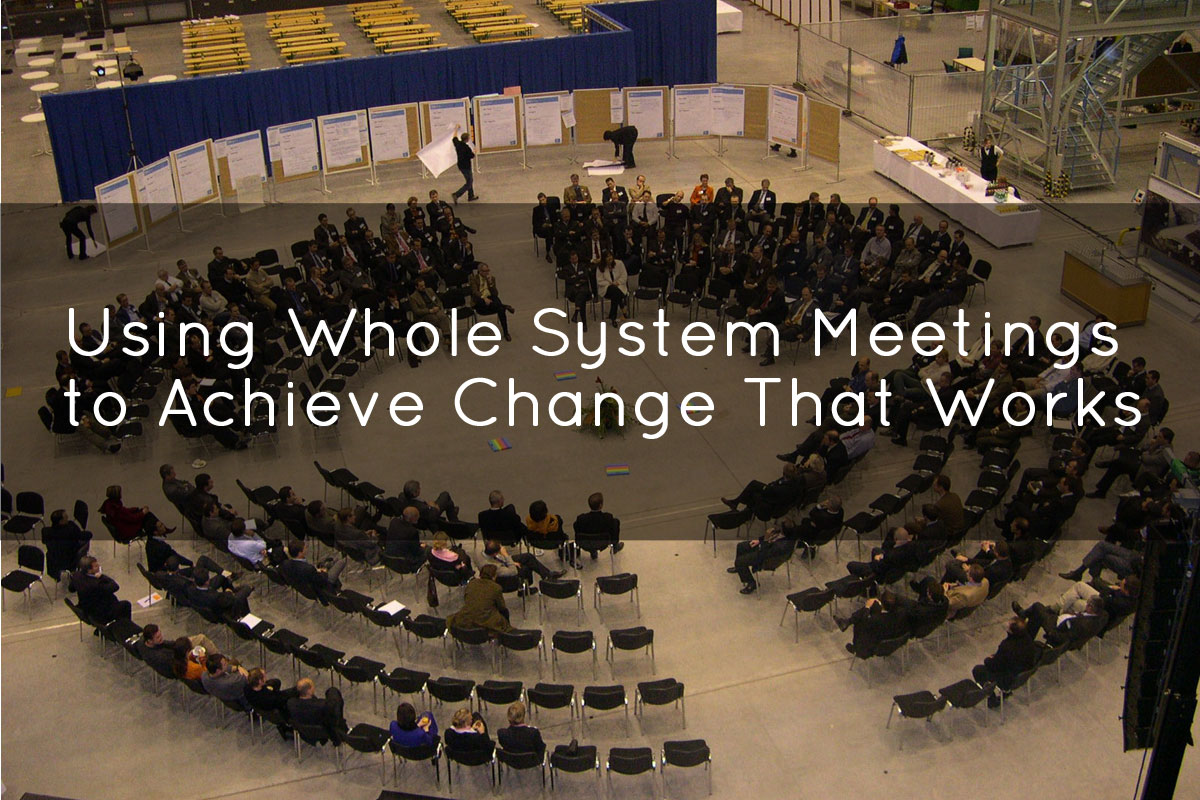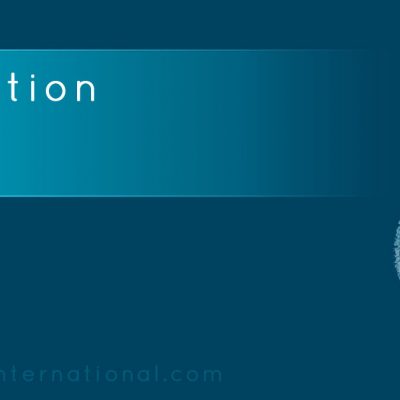
Organizations need to change in order to meet the challenges of these times, meeting new requirements created by global markets, changing economics, expectations for quality and customer satisfaction. Top leaders, managers, and consultants are undertaking large-scale change efforts in order to position their organizations where they need to be for success now and into the future.
Successful organizations struggle for ways to change business strategies, develop a mission or vision about where the company is headed, or foster a healthier more interactive environment to maximize the potential from the workforce, to retain staff, to reduce sick days and to be an employer of choice.
Each of these very common business needs has one thing in common. Change. More specifically, they are intentional change efforts. Consciously moving from the current reality to a new (and hopefully better) reality for the organization.
The cost to the organization of failed change efforts is enormous financially, in productivity, and in the morale and health of both management and the employees. So there is a lot at stake to get it right. And to get it right the first time.
Using Whole System Meetings to Achieve Successful Change
Whole system meetings for organizational and community change are methods for involving the whole system, internal and external, in the change process within a very short time frame. Effective meeting methodologies involving the whole system include Open Space Technology, Appreciative Inquiry, World Café, Future Search, Search Conference, and Real Time Strategic Change.
Whole system interventions have been used for change in strategic direction, acceptance and implementation of quality programs, changes in relationships with customers and suppliers, and changes in structures, policies, or procedures. They have also been used to get through organizational logjams and thus are used in solving critical and often complex business issues.
Whole system interventions have been used in large and small corporations, not-for-profit and public sector organizations, and in assisting entire communities. Whole system interventions have also played a key role in mergers of hospitals, as they have become large health care corporations, and mergers of several municipalities into one corporate entity.
When people commit to new ways of working, they are already starting to work in a different way.
As well as achieving the specifically chosen goal of the whole system meeting, there is value added for the ongoing life of the organization. Resistance to change is greatly reduced. Transferring what happened in the event back to the job is feasible because a significant portion of the workforce has already experienced a new way of working. Barriers that are broken down between departments at the event often stay down when people get back to the everyday job.
Open Space Technology
Whenever possible, use the most open of the whole system methods to ensure maximum benefit from the intellectual and intuitive wisdom of the individuals and of the collective of individuals. The most open method is Open Space Technology (OST). OST meetings can do all of the above and more, as demonstrated thousands of times throughout the world. They require only one or two facilitators and are generally much less expensive to run that the other methodologies. OST has been developed with simplicity in mind, while adhering to clear principles and values. Prior to the meeting, a planning team needs to develop a clear theme or focusing question, decide on the length of the meeting to achieve the purpose, and to develop a list of ‘givens’ or ‘nonnegotiable items that are pre-determined as not open for change. The ‘givens’ create the boundary and define the space that is truly being opened for participation.
OST should never be used when an outcome has been predetermined or when existing leadership is not willing to make change as the result of an event.
OST events are easy to organize, requiring very little lead time. They are effective for small (i.e. 7) to large (i.e. 1,000) groups.
They are interactive and enable leadership for key issues and opportunities and actions to surface naturally. OST have proven effective in existing organizations, coalitions, associations, communities and have proven effective in those that are new enterprises.
Learn more About Open Space Technology
It is possible to learn about OST by reading the book Open Space Technology: A User’s Guide by Harrison Owen, creator of this whole system meetings method. We do recommend, however, to participate in an Open Space Technology training to gain practical experience while learning this whole system meetings method from an experienced facilitator and teacher.
Learning opportunities include:
- Learning from us, either online or in-person.
- Learning from another Genuine Contact Trainer who is offering the Working with Open Space Technology module of the Genuine Contact program.
- Learn from another OST facilitator.










Leave a Reply
You must be logged in to post a comment.